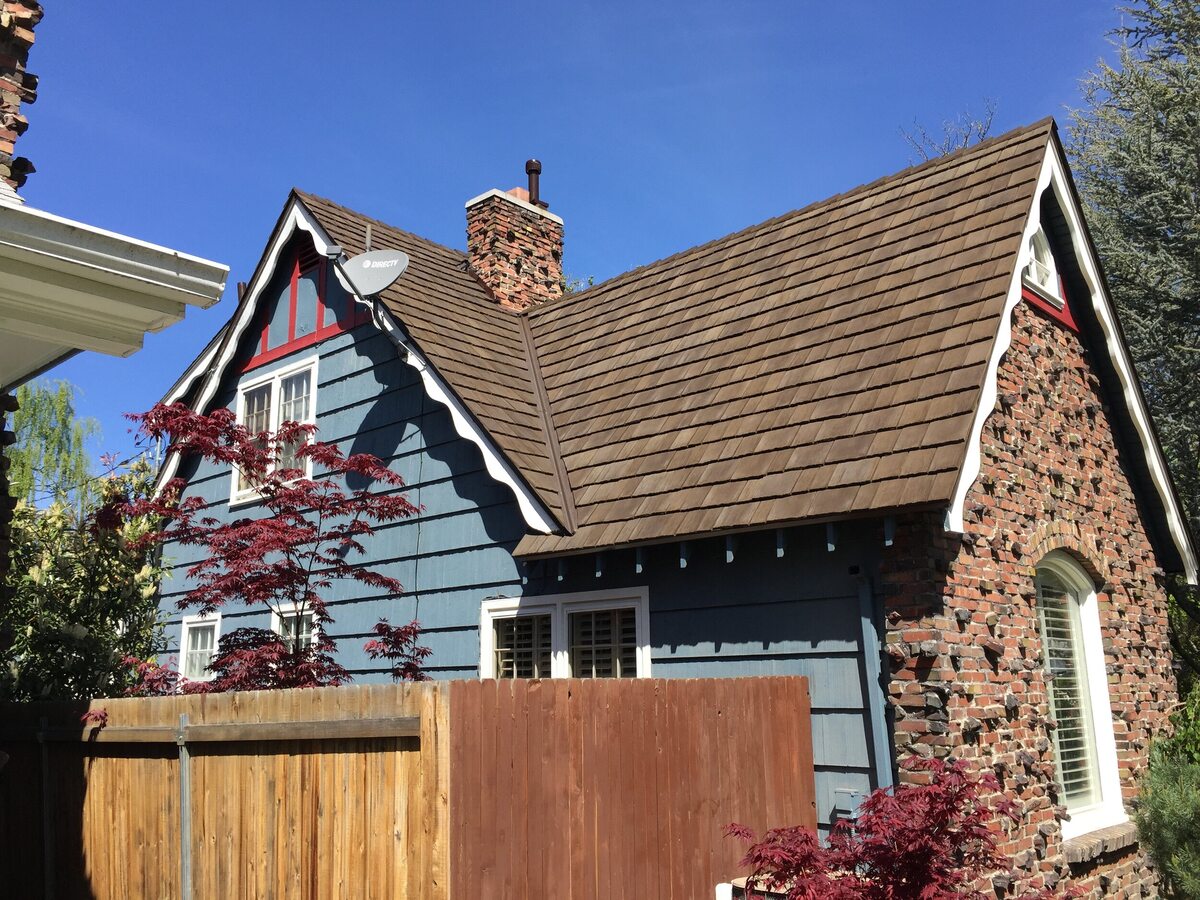

Articles
How To Choose Siding Color
Modified: January 6, 2024
Learn how to choose the perfect siding color for your home with our informative articles. Discover tips and advice to enhance your home's exterior.
(Many of the links in this article redirect to a specific reviewed product. Your purchase of these products through affiliate links helps to generate commission for Storables.com, at no extra cost. Learn more)
Introduction
Choosing the right color for your home’s siding is an important decision that can greatly impact its overall appearance and curb appeal. The color of your siding can provide a welcoming and cohesive look to your home’s exterior or make a bold statement that reflects your personal style. With so many options available, it can be overwhelming to narrow down the choices. However, by considering a few key factors and following some helpful tips, you can confidently select the perfect siding color that will enhance the beauty of your home.
Finding the right color involves more than just personal preference. It requires evaluating the exterior, considering the style of your home, assessing the surroundings, and even taking climate into consideration. Each of these factors plays a significant role in determining the most suitable color for your home’s siding. So, let’s delve into these considerations and explore how they can guide you towards making an informed choice.
Key Takeaways:
- Choosing the perfect siding color involves assessing the exterior, considering architectural style, evaluating surroundings, and factoring in climate. By carefully considering these factors, you can confidently enhance your home’s curb appeal.
- Testing color samples, trusting your instincts, and considering long-term appeal are crucial when finalizing your siding color decision. By following these tips, you can select a color that reflects your personal style and enhances your home’s exterior.
Read more: How To Choose Siding
Factors to Consider
When choosing the color for your home’s siding, there are several important factors to consider. These factors will help you narrow down your options and make an informed decision that complements your home’s overall aesthetic. Let’s explore these factors in detail:
- Assessing the Exterior: Take a close look at your home’s exterior features, such as the roof, windows, doors, and landscaping. Consider the colors and materials used in these elements as they will influence the overall look of your home. You want to choose a siding color that coordinates well with these existing features.
- Consider the Style of Your Home: Different architectural styles have their own color palettes that complement their design. For example, a traditional colonial-style home may look stunning with neutral colors like beige or gray, while a farmhouse-style home may call for earthy tones like cream or sage. Research the recommended color schemes for your home’s architectural style to ensure a harmonious and cohesive appearance.
- Evaluating the Surroundings: Take into account the surrounding environment when selecting a siding color. Consider the landscape, neighboring houses, and the overall aesthetic of your neighborhood. You want your home to stand out in a positive way while still fitting in with the existing surroundings.
- Climate Considerations: The climate in which you live can also impact your siding color choice. In hotter regions, lighter colors tend to reflect sunlight and keep the home cooler. In colder regions, darker colors can absorb sunlight and help retain heat. Additionally, consider how the color will age in your climate, as some colors may fade or require more maintenance in certain weather conditions.
By carefully considering these factors, you can narrow down your options and eliminate colors that may not be suitable for your home. This will help you make a more informed decision and choose a siding color that enhances the beauty of your home while harmonizing with its surroundings.
Assessing the Exterior
Assessing the exterior of your home is a crucial step in the process of choosing a siding color. By taking a close look at the existing features and colors, you can ensure that the new color you select will create a cohesive and visually appealing look. Here are a few steps to help you assess the exterior of your home:
- Survey the Existing Colors: Take note of the colors present on your home’s exterior, such as the roof, window frames, trim, and doors. Consider whether these colors are warm or cool tones, as this can guide your choice for the siding color.
- Consider the Material: Is your home mostly made of brick, stone, or wood? Different materials have different textures and colors, and it’s essential to choose a siding color that complements the existing materials. For example, if your home has a lot of natural wood elements, you may want to select a siding color that enhances the warmth and richness of the wood grains.
- Look at the Overall Aesthetic: Stand at a distance and take in the overall aesthetic of your home. Consider the architectural style and any unique features that make it stand out. This will help you determine whether a bold, vibrant color or a more understated, neutral color would be the best fit.
- Keep in Mind the Future: Consider any renovations or updates you plan to make in the future. If you envision adding different features or changing the color of certain elements, it’s important to choose a siding color that will still work well with the anticipated changes.
By assessing the exterior of your home, you can gain a better understanding of the colors and materials already in place, allowing you to select a siding color that will enhance and complement the existing features. It will also help you envision how the new color will transform the overall look and feel of your home’s exterior.
Consider the Style of Your Home
The style of your home plays a significant role in determining the most suitable siding color. Different architectural styles have their own unique color palettes, and selecting a color that complements the style can enhance the overall aesthetic appeal. Here are a few points to consider when choosing a siding color based on the style of your home:
- Traditional Homes: Traditional homes, such as Victorian or colonial styles, often look elegant with classic, neutral colors. Consider colors like white, beige, taupe, or gray for a timeless and sophisticated look.
- Modern Homes: Modern homes typically embrace bold and contemporary design elements. Experiment with vibrant colors like deep blues, charcoal grays, or even unconventional choices like bright red or yellow to make a strong statement.
- Farmhouse or Cottage Style: Farmhouse and cottage-style homes are known for their charming, rustic appeal. Opt for earthy tones like cream, sage green, or warm browns to complement the natural surroundings and evoke a cozy, welcoming atmosphere.
- Mediterranean or Spanish Style: Mediterranean or Spanish-style homes often feature warm, earthy colors inspired by the landscapes of southern Europe. Look for shades of terracotta, ochre, or deep blues to capture the essence of these vibrant architectural styles.
- Craftsman or Bungalow Style: Craftsman and bungalow-style homes often have natural wood elements and a focus on craftsmanship. Consider earthy tones like olive green, deep brown, or warm reds to enhance the natural beauty of the wood and maintain the integrity of these architectural styles.
Understanding the style of your home and researching the recommended color palettes for that style can help you choose a siding color that harmonizes with the architectural design. It allows you to create a cohesive look that complements the unique features and character of your home.
Evaluating the Surroundings
When choosing a siding color, it’s important to take into account the surroundings of your home. The environment in which your house is located, as well as the neighboring houses, can greatly influence the overall aesthetic impact of your chosen color. Here are some considerations for evaluating the surroundings:
- Landscape: Take a look at the natural landscape surrounding your home. Consider the colors of the foliage, plants, and trees. If you have a lush green environment, you may want to consider earthy tones that harmonize with nature. Alternatively, if you live in a desert region with sandy landscapes, warm tones like beige or taupe could be a good fit.
- Neighboring Houses: Look at the color schemes of the houses near yours. While you don’t have to match their colors exactly, it’s a good idea to choose a siding color that complements the neighboring houses to create a visually pleasing and cohesive appearance. Consider selecting a color that stands out in a positive way while still fitting in with the overall neighborhood aesthetic.
- Architectural Unity: Evaluate the architectural styles of the nearby houses. If your neighborhood has a consistent architectural theme, it’s a good idea to choose a siding color that aligns with that theme. This will help maintain the architectural unity of the area and prevent your home from looking out of place.
- Personal Preference: While considering the surroundings is important, remember that ultimately, your own personal style and preferences should also guide your decision. You want to choose a siding color that you love and that reflects your individual taste.
By evaluating the surroundings, you can select a siding color that blends harmoniously with the natural environment and neighboring homes. This will not only enhance the overall appearance of your home but also contribute to a cohesive and aesthetically pleasing neighborhood.
Consider the architectural style of your home when choosing a siding color. Traditional homes often look best with neutral tones, while modern homes can handle bolder colors.
Read more: How To Choose Quilt Colors
Climate Considerations
When selecting a siding color for your home, it’s important to take the climate into consideration. The climate in which you live can impact the longevity and maintenance of your siding, as well as the energy efficiency of your home. Here are some climate considerations to keep in mind:
- Temperature and Sunlight: In hotter climates, lighter colors tend to reflect sunlight and reduce heat absorption, helping to keep your home cooler. On the other hand, darker colors absorb more heat and may be more suitable for colder climates, where additional warmth is desirable.
- Fading and Maintenance: Certain colors may fade more quickly under intense sunlight. Consider opting for fade-resistant siding materials or lighter colors that are less prone to fading. Additionally, darker colors may require more maintenance as they can show dirt, dust, and other imperfections more easily.
- Moisture Resistance: If you live in a region with high humidity or frequent rainfall, choosing siding materials that are resistant to moisture damage is important. Consider materials like vinyl or fiber cement that are known for their durability and resistance to rot and water damage.
- Insulation and Energy Efficiency: The color of your siding can also impact the energy efficiency of your home. In colder climates, darker colors can absorb more sunlight and help retain heat, reducing heating costs. In warmer climates, lighter colors may be more appropriate, as they can reflect sunlight and keep your home cooler, thereby reducing cooling costs.
By considering the climate in which you reside, you can choose a siding color that not only enhances the visual appeal of your home but also offers practical benefits in terms of energy efficiency and durability. It’s important to strike a balance between aesthetics and functionality when making your selection.
Choosing the Right Hue
When it comes to choosing the right hue for your siding, there are countless options to consider. The color you choose can greatly impact the overall look and feel of your home’s exterior. Here are some tips to help you select the perfect hue:
- Consider Your Personal Style: Think about your personal style and the mood you want to create. Do you prefer vibrant and bold colors, or do you lean towards more subtle and neutral tones? Consider colors that resonate with your personal aesthetic and reflect your personality and taste.
- Test the Colors: Don’t rely solely on color swatches or online representations of the colors. It’s essential to test the colors in different lighting conditions to see how they appear on your home. Purchase small samples of the colors you’re considering and apply them on a small section of your home’s exterior. Observe how the colors change throughout the day, in different weather conditions, and under various lighting conditions.
- Complement Existing Elements: Take into account the existing elements of your home’s exterior, such as the roof color, windows, and trim. Choose a siding color that complements these elements rather than clashes with them. Harmonizing the colors will create a cohesive and visually appealing look.
- Consider Longevity: Trends come and go, so it’s important to consider the long-term appeal of the color you choose. While bold and trendy colors may be appealing now, they may not stand the test of time. Neutral colors, like shades of gray, beige, or cream, tend to have a timeless and versatile appeal that can endure changing design trends.
- Get Inspiration: Browse home design magazines, websites, and social media platforms for inspiration. Look for homes with a similar architectural style to yours and take note of the colors that catch your eye. Pay attention to how different colors can transform the look and feel of a home’s exterior.
Choosing the right hue for your siding requires careful consideration of your personal style, testing the colors in various conditions, complementing existing elements, thinking long-term, and seeking inspiration. By following these tips, you can select a color that enhances the beauty of your home and creates a visually appealing exterior.
Testing the Color
When it comes to choosing the perfect siding color for your home, it’s important to test the color options before making a final decision. While color swatches and online representations can give you an idea of how a color may look, it’s crucial to see how it actually appears on your home’s exterior. Here are some tips for testing the color:
- Purchase Sample Colors: Visit your local home improvement store or contact siding suppliers to obtain small samples of the colors you’re interested in. These samples are typically available in small jars or paint chips. Having physical samples will allow you to see and touch the actual color before committing to it.
- Apply the Samples: Choose a section of your home’s exterior, such as a side wall or a secluded area, and apply the sample colors to that section. Make sure to clean and prepare the surface properly before application. Apply the samples according to the manufacturer’s instructions, following proper drying times and weather conditions.
- Observe in Different Lighting Conditions: Take the time to observe the sample colors at different times of the day and under varied lighting conditions. Natural light can have a significant impact on how a color appears. Pay attention to how the color changes in direct sunlight, shade, or during different weather conditions. This will give you a more accurate representation of how the color will look on your home throughout the day and in various lighting situations.
- Solicit Feedback: Invite family members, friends, or neighbors to provide their opinions on the sample colors. They may notice things or see the colors differently than you do. Getting multiple perspectives can help you make a more confident decision.
- Consider Surrounding Elements: When evaluating the sample colors, take into account the existing elements of your home’s exterior, such as the roof, trim, and landscaping. Consider how the sample colors interact with these elements. Do they complement or clash with the surrounding features? Ensure the color you choose blends harmoniously with the overall aesthetic of your home.
By testing the colors on your home’s exterior, you can get a more accurate representation of how the colors will look and feel. This hands-on approach allows you to make a well-informed decision and select a siding color that will enhance the beauty of your home and create the desired visual impact.
Tips for Finalizing Your Decision
Finalizing your decision on a siding color can feel overwhelming, but with a few helpful tips, you can confidently choose the perfect color for your home’s exterior. Here are some tips to consider when making your final decision:
- Trust Your Instincts: While it’s important to take advice and opinions into consideration, ultimately, trust your own instincts. Choose a color that resonates with you and that you can envision on your home’s exterior for years to come.
- Consider Maintenance: Think about your willingness to perform maintenance on your siding. Some colors may require more frequent cleaning or touch-ups to maintain their appearance. If you prefer a low-maintenance option, choose a color that is less likely to show dirt or require frequent upkeep.
- Think Long-Term: Consider the longevity and timeless appeal of the color you’re considering. Avoid choosing a color solely based on current trends, as these trends may change over time. Opt for colors that have a classic and enduring appeal, ensuring your home remains visually appealing for years to come.
- Consult with Professionals: If you’re unsure about which color to choose or need expert advice, don’t hesitate to consult with professionals. Siding contractors, interior designers, or color consultants can provide valuable insights and help guide you towards the right choice for your home.
- Consider the Resale Value: If you plan to sell your home in the future, think about how the chosen siding color may affect its resale value. Neutral colors often have broader appeal and can attract more potential buyers. However, if you plan to stay in your home for a long time, prioritize your personal preferences.
- Review Homeowners’ Association (HOA) Regulations: If you live in a community governed by a homeowners’ association, make sure to review any regulations or guidelines regarding the use of siding colors. Some associations have restrictions on certain colors or require approval before making exterior changes.
By following these tips, you can finalize your decision with confidence and select a siding color that not only enhances the beauty of your home but also reflects your personal style and preferences. Remember that the color you choose should bring you joy and satisfaction every time you arrive home.
Read more: How To Choose A Tablecloth Color
Conclusion
Choosing the right siding color for your home is an important decision that can greatly enhance its overall appearance and curb appeal. By carefully considering factors such as the exterior assessment, architectural style, surroundings, climate, and personal preferences, you can make an informed choice that will transform the look and feel of your home’s exterior.
Assessing the exterior of your home, including the existing colors and materials, allows you to select a siding color that complements the overall aesthetic and creates a cohesive look. Considering the architectural style helps you choose a color palette that aligns with the unique features and character of your home. Evaluating the surroundings, including the landscape and neighboring houses, ensures that your chosen color harmonizes with the environment.
Climate considerations play a crucial role in determining the most suitable siding color, allowing you to choose a color that withstands the effects of sunlight, moisture, and temperature variations. Additionally, testing the color samples on your home’s exterior in various lighting conditions provides a realistic preview of how the color will appear in different situations.
Finalizing your decision requires trusting your instincts, considering maintenance requirements, thinking long-term, and seeking guidance from professionals if needed. Taking into account the resale value of your home and reviewing any HOA regulations can also help you make a wise and practical choice.
In conclusion, by carefully considering all these factors and following the tips provided, you can confidently choose the perfect siding color for your home. The right color will not only enhance the beauty of your home’s exterior, but also reflect your personal style and create a welcoming and visually appealing space for you and your family.
Frequently Asked Questions about How To Choose Siding Color
Was this page helpful?
At Storables.com, we guarantee accurate and reliable information. Our content, validated by Expert Board Contributors, is crafted following stringent Editorial Policies. We're committed to providing you with well-researched, expert-backed insights for all your informational needs.
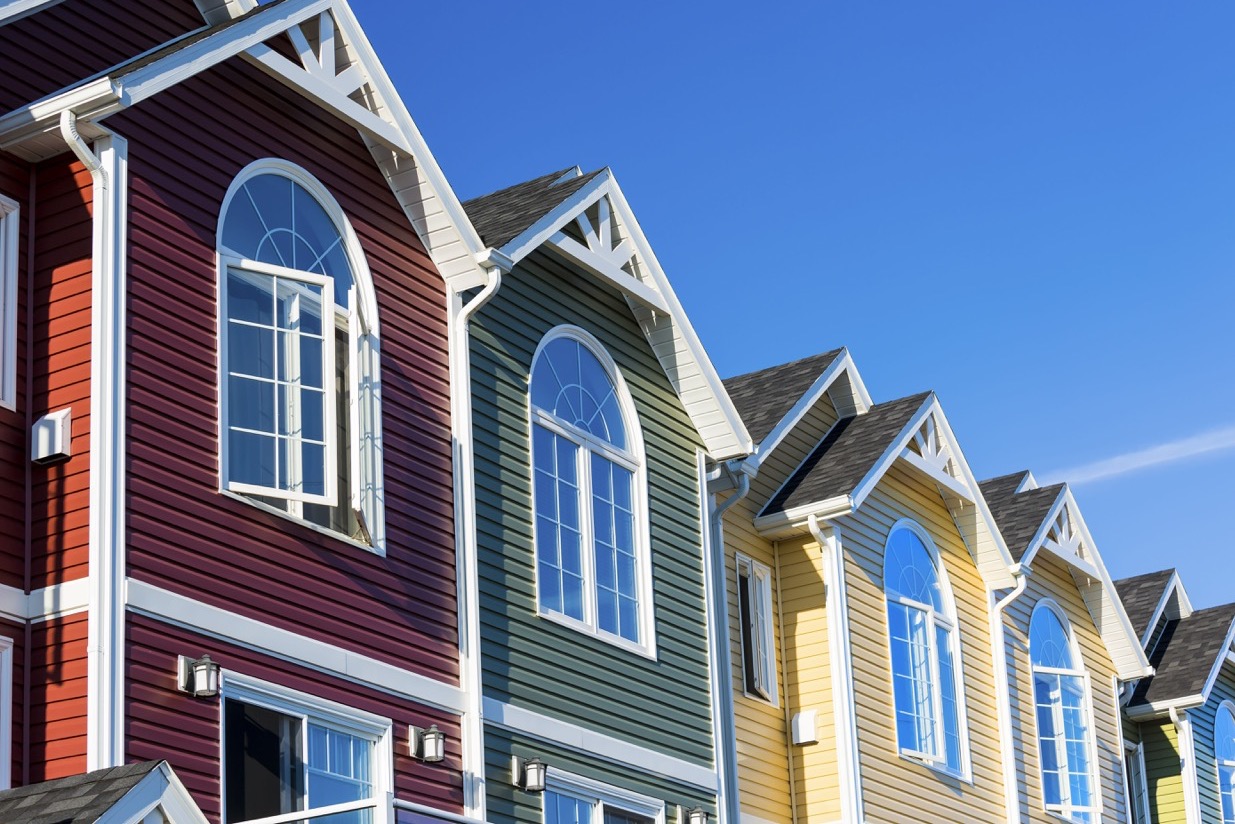
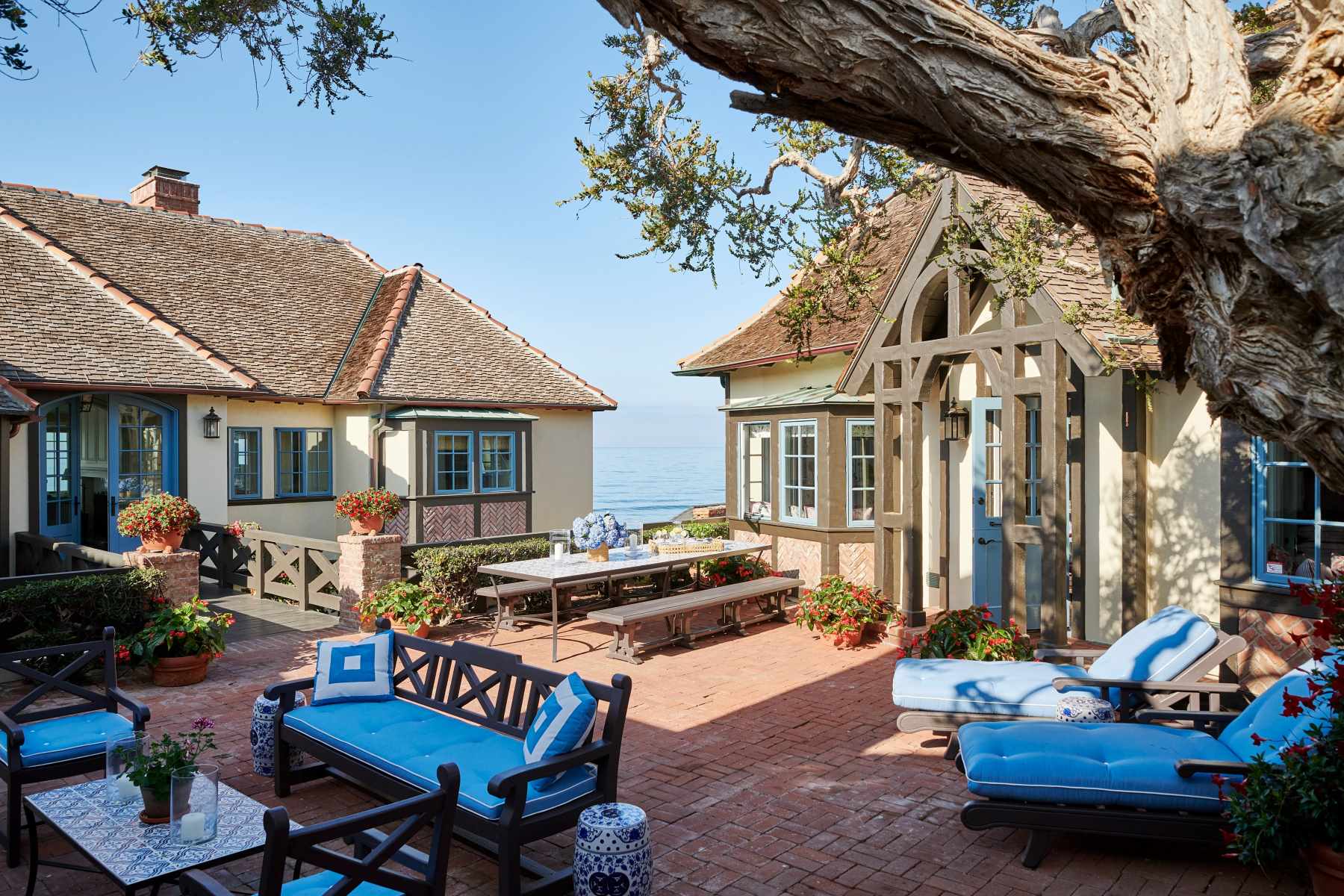
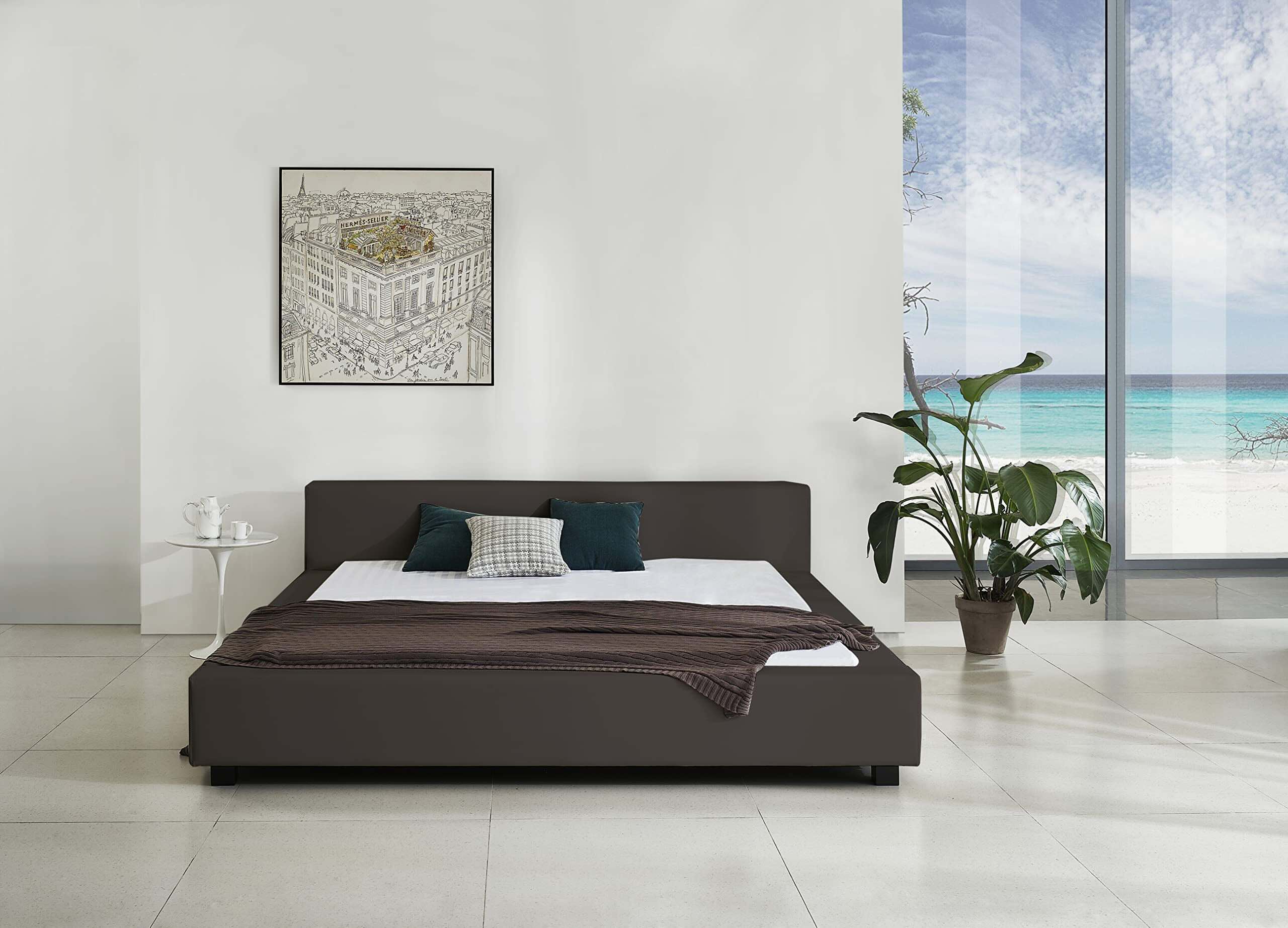

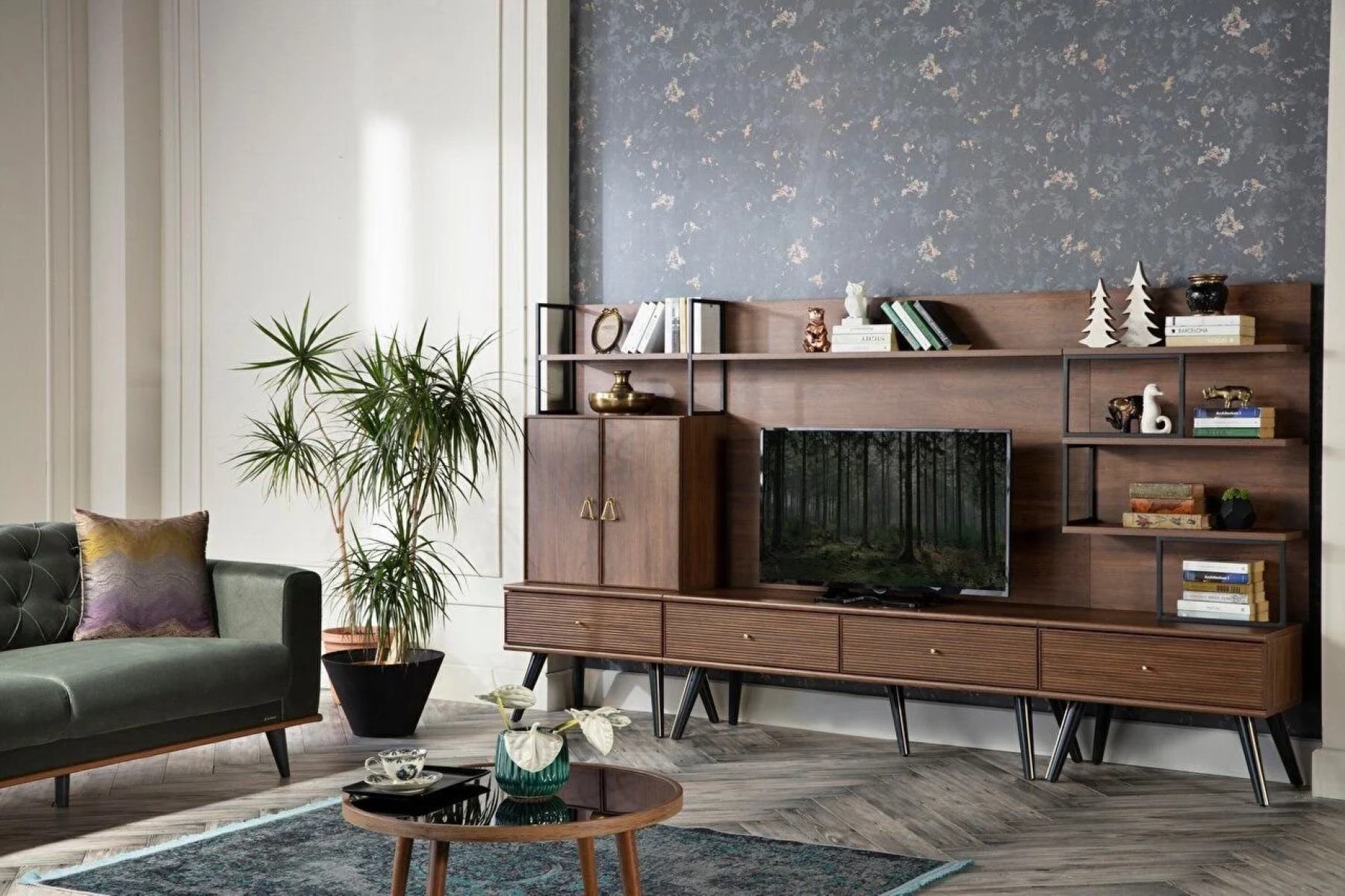
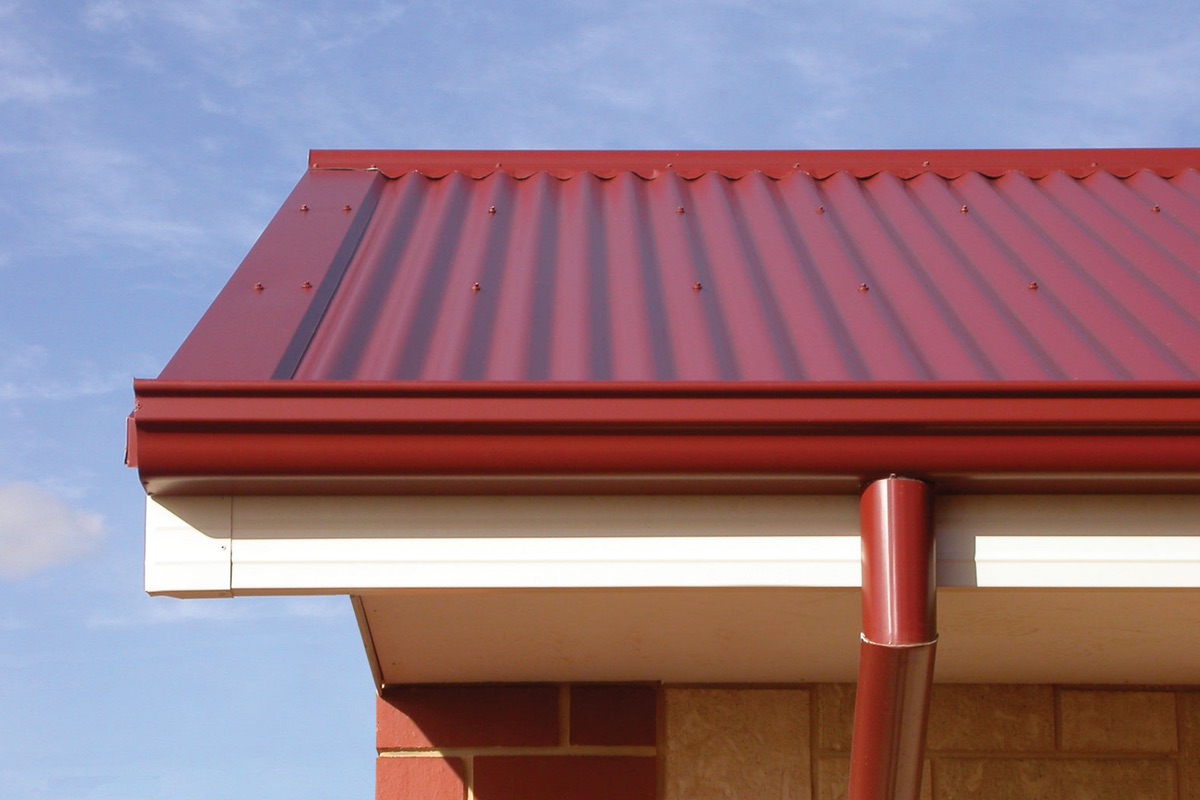

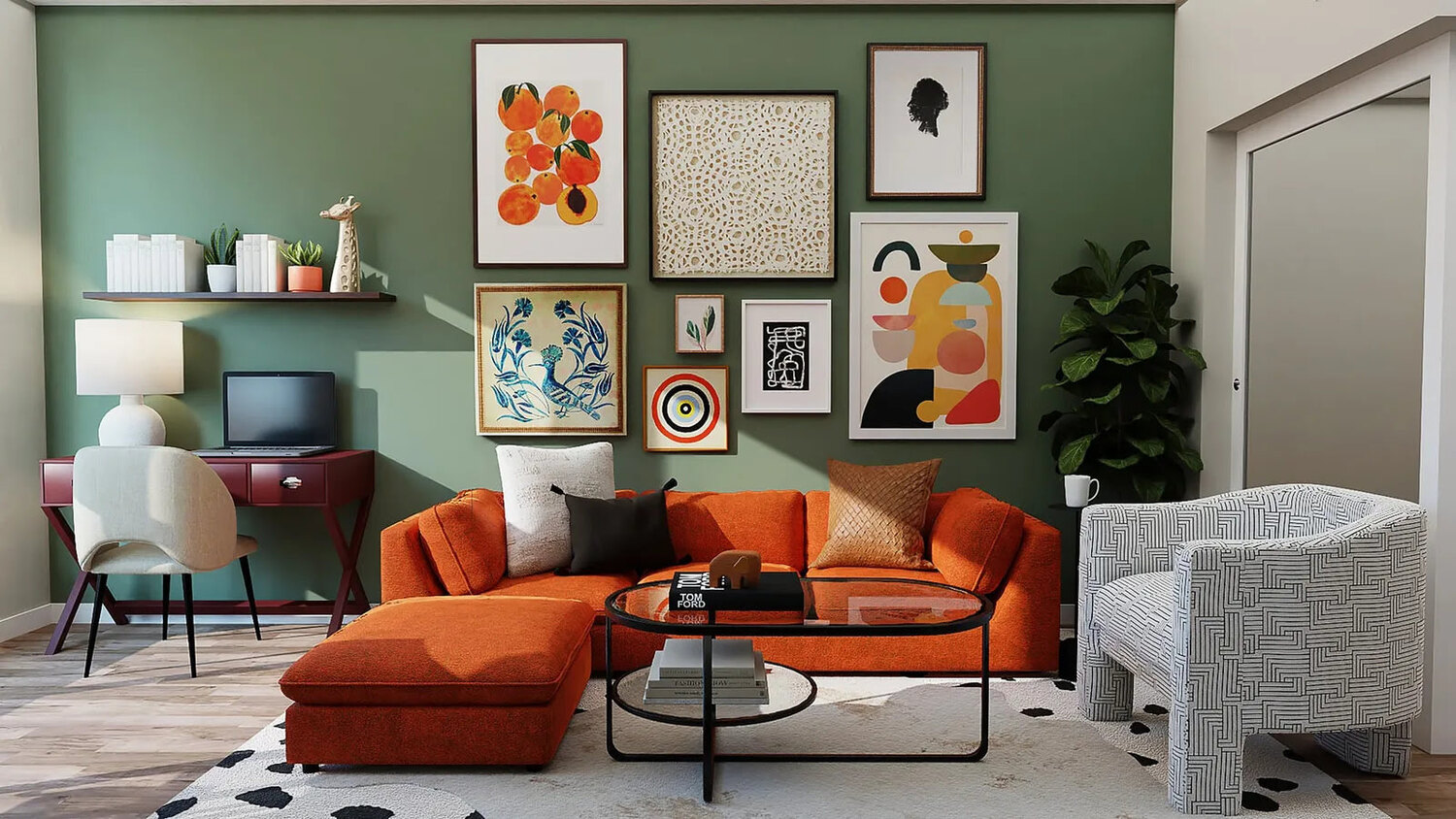
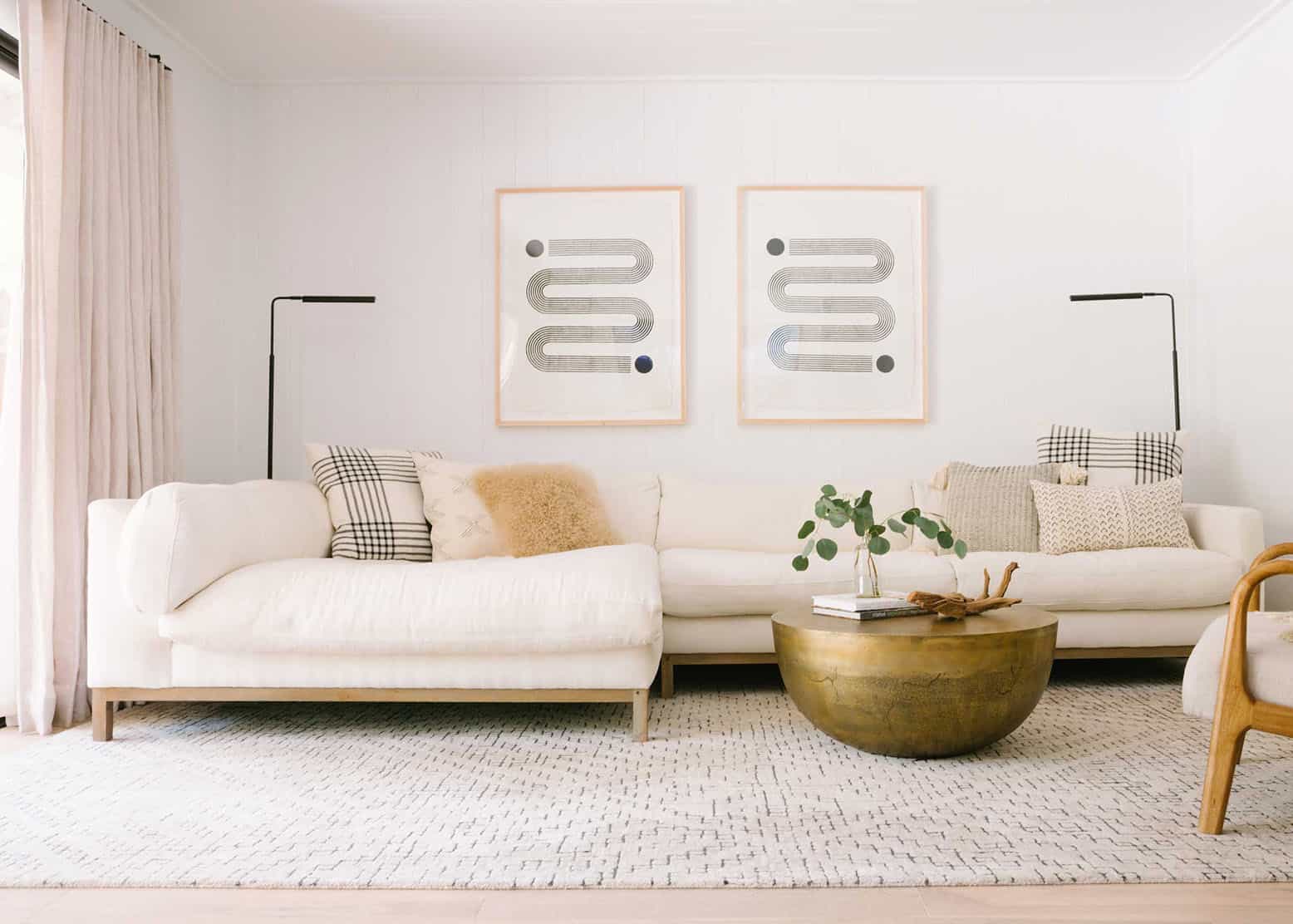
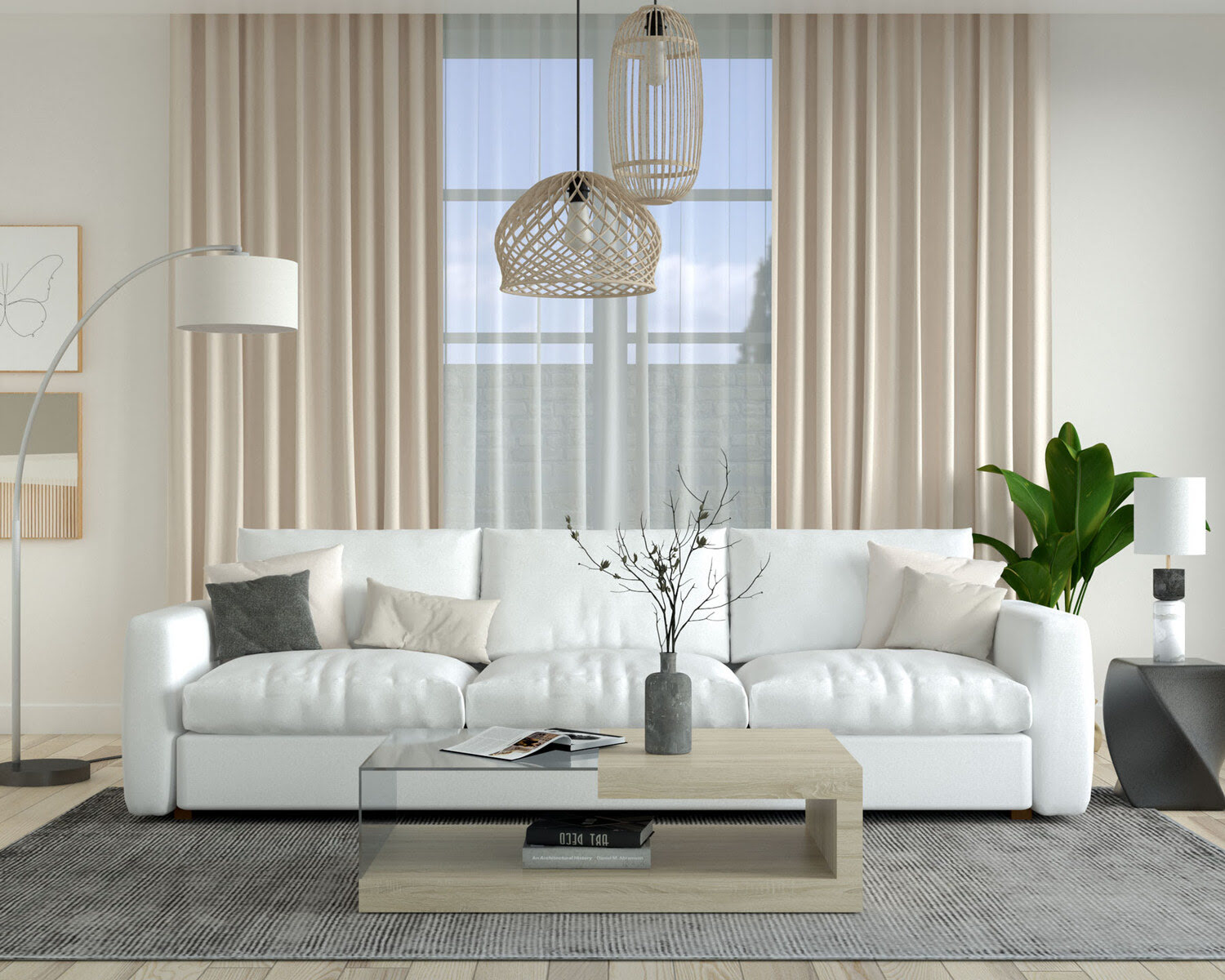
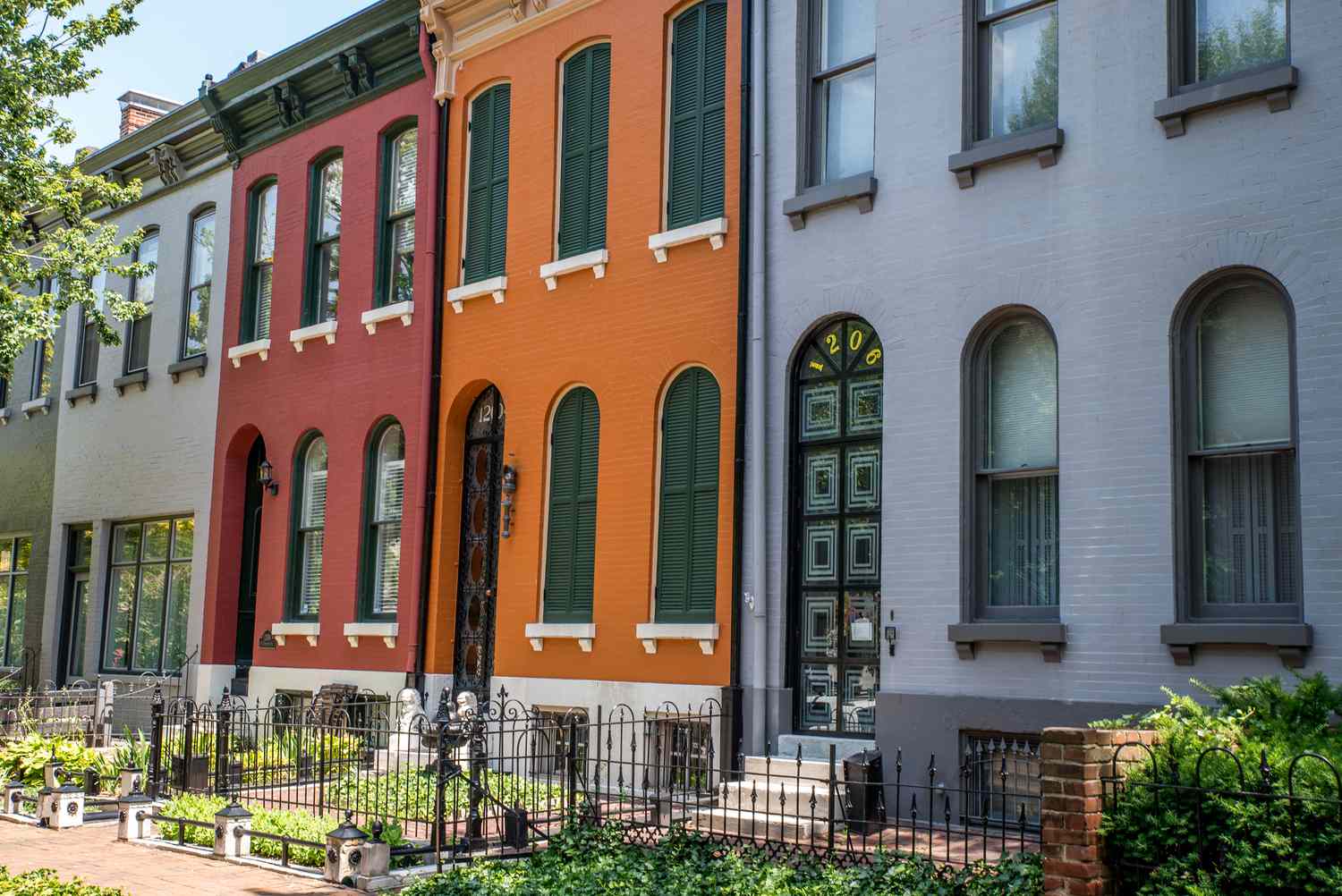

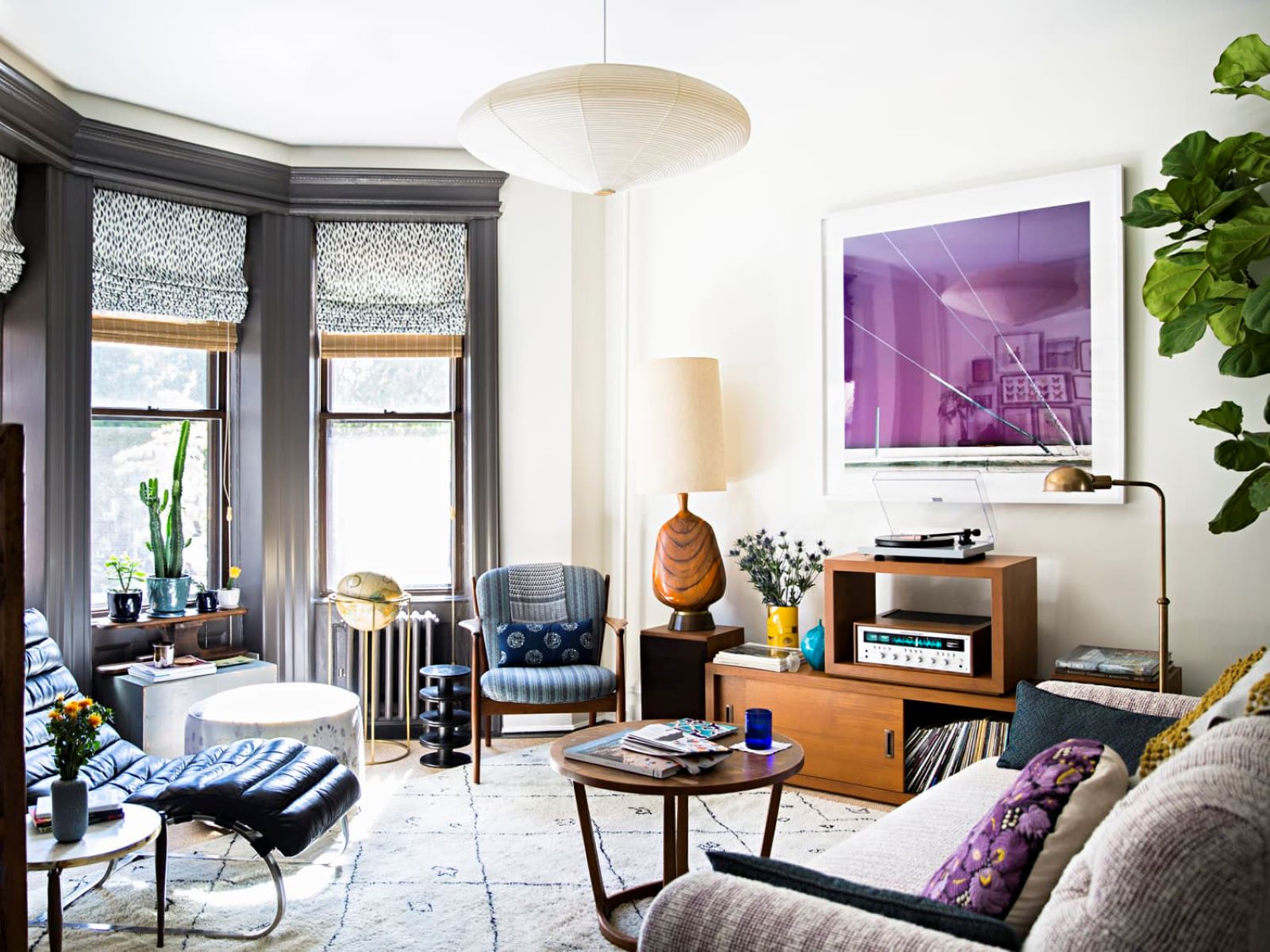

0 thoughts on “How To Choose Siding Color”